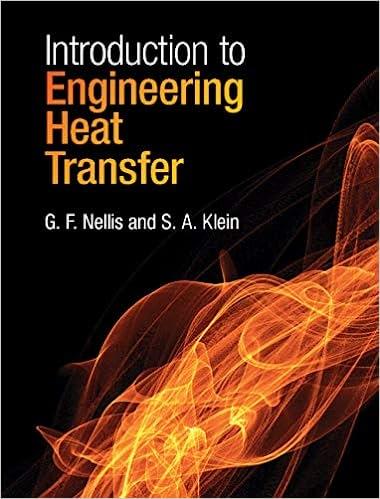Answered step by step
Verified Expert Solution
Question
1 Approved Answer
In this question we start with a gas cylinder with a volume of 1 0 dm 3 containing N 2 at a pressure of 1
In this question we start with a gas cylinder with a volume of dm containing N at a pressure of bar at K We call this condition T The heat capacity of the gas is Cvdeg JmolK; mu JTKMPa; Pext bar.
a Calculate the amount of moles in the cylinder; you can assume that the gas behaves ideally.
b Initially the volume of the gas is increased to dm while the pressure remains the same. This is state T Assume that the gas behaves ideally. Calculate w q DU and DH for this trajectory T T Watch the sign!
c We then reduce the pressure of the ideal gas, keeping the volume the same, until we reach the original temperature of K This is state T Calculate w q DU and DH for this trajectory T T
d In the next step we apply thermal insulation. From T we allow the ideal N gas to expand reversibly adiabatically and compress it to the original volume of T Calculate the final temperature.
In another experiment, all the N gas from state T is completely transferred via a porous connection to an expandable nd cylinder under isoenthalpic conditions. The expandable cylinder ultimately has a volume of dm
e Calculate the final temperature assuming that the gas behaves ideally.
f Calculate the final temperature assuming that the gas does not behave ideally.
Step by Step Solution
There are 3 Steps involved in it
Step: 1

Get Instant Access to Expert-Tailored Solutions
See step-by-step solutions with expert insights and AI powered tools for academic success
Step: 2

Step: 3

Ace Your Homework with AI
Get the answers you need in no time with our AI-driven, step-by-step assistance
Get Started


